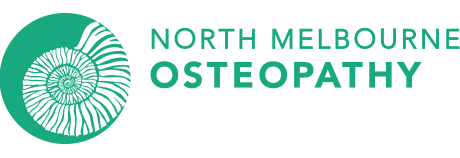The first visit to an osteopath will run along the same lines as an initial visit to a GP. A complete medical history is taken and questions asked about lifestyle, diet and emotional status.
The osteopath will want to hear about all symptoms, as well as details of any past accidents or traumas, even if they may seem unrelated to the patient’s current problem.
The osteopath will then perform a musculoskeletal assessment, observe how the patient is using their body, identify any obvious mobility impairment and evaluate posture. Neurological and orthopaedic tests help the osteopath to eliminate possible underlying pathologies and differentiate the basis of the patient’s complaint.
Osteopaths are highly trained to manually locate points of restriction or excessive strain in various parts of the body. Using a finely tuned sense of touch or palpation, the osteopath will assess the spine, joints, muscles and tendons. An osteopath may also refer for further testing (X-rays) to confirm findings, or review existing diagnostic results where available.
The initial consultation will take around 45 minutes to complete, after which the osteopath will be able to offer a diagnosis and discuss a treatment program. Treatment could include such techniques as soft tissue (massage) stretching, to increase blood flow and improve flexibility of joints and muscles; articulation to mobilise joints by being passively taken through their range of motion; dry needling muscle energy, to release tightness on the muscles by alternatively being stretched and made to work against resistance.
If the diagnosis is one that requires further investigation or specialist intervention, an osteopath will suggest a referral to an appropriate practitioner. Osteopaths often treat in conjunction with a GP, dentist, podiatrist or other health care professional.
Because osteopathy emphasises self-healing, an osteopath may also advise home exercise programs and lifestyle adjustments. All treatment programs are highly individualised and depend on the patient’s current condition, past history, and ability to adapt to change.
